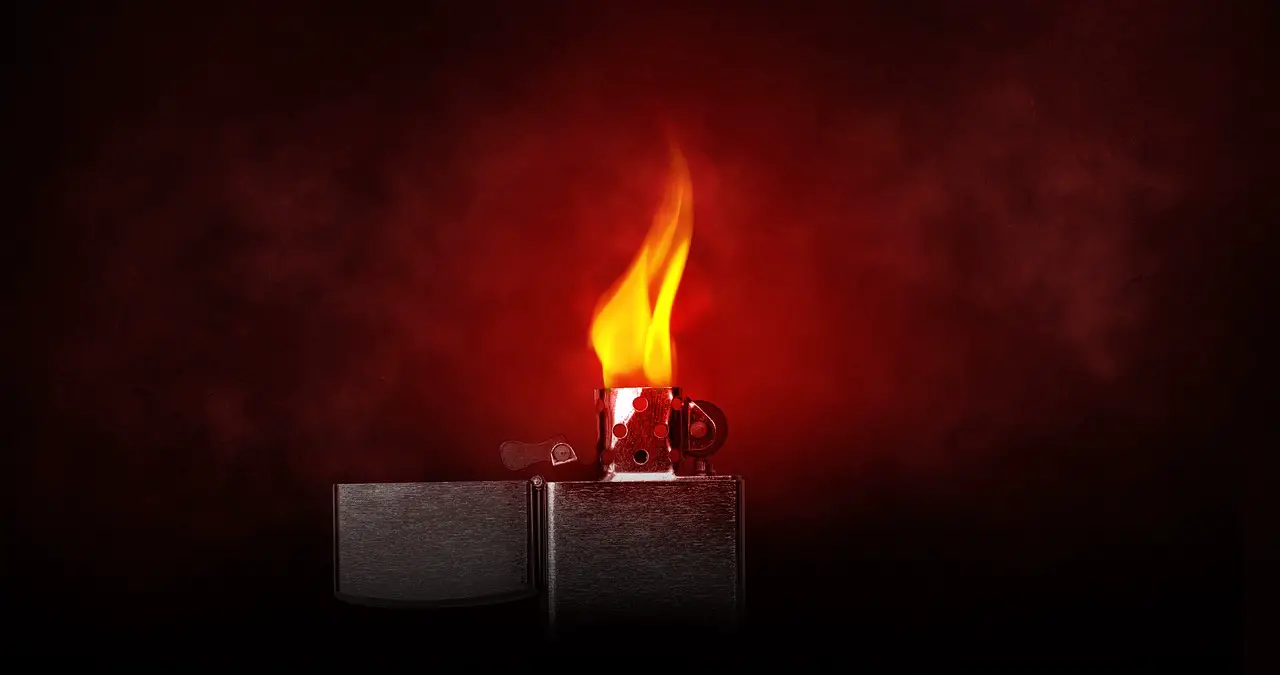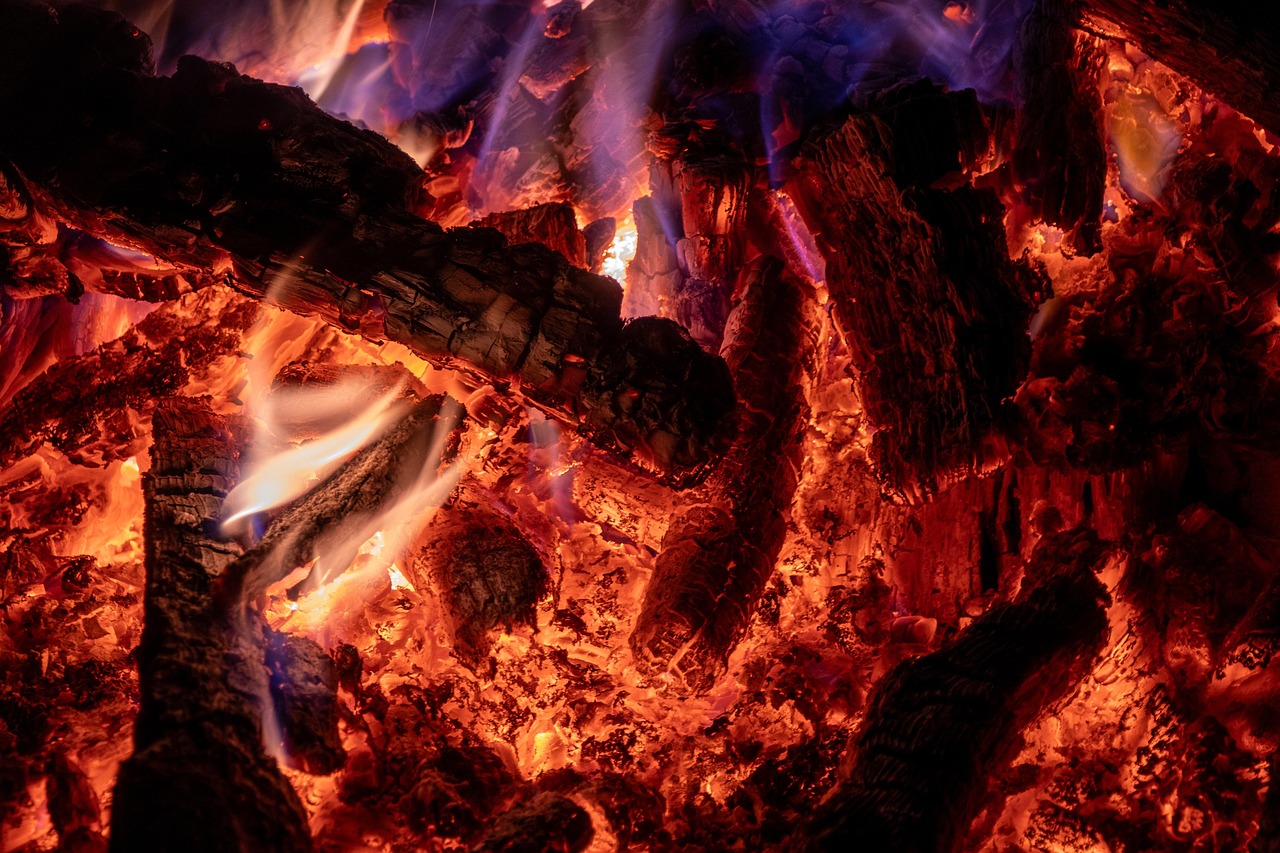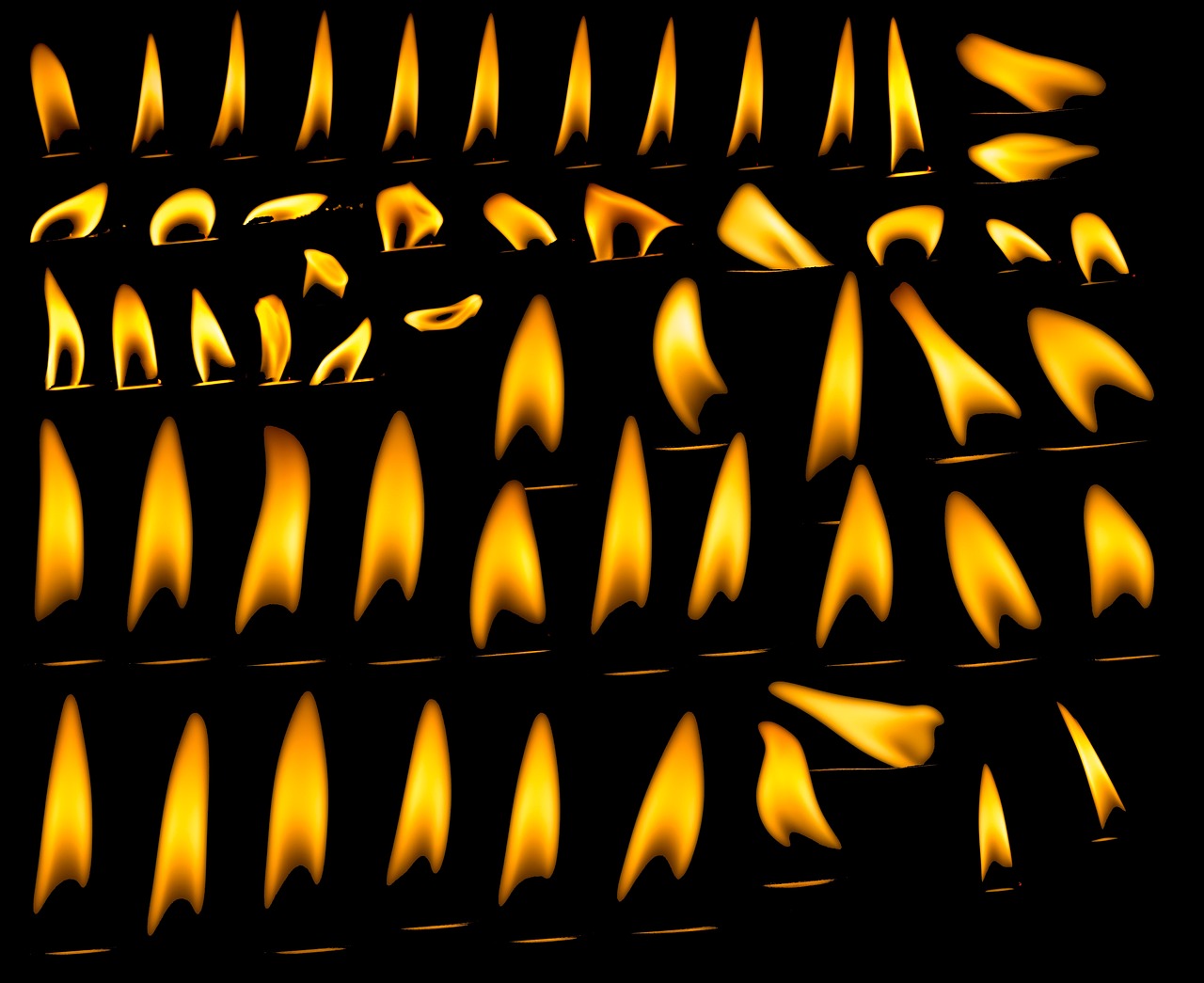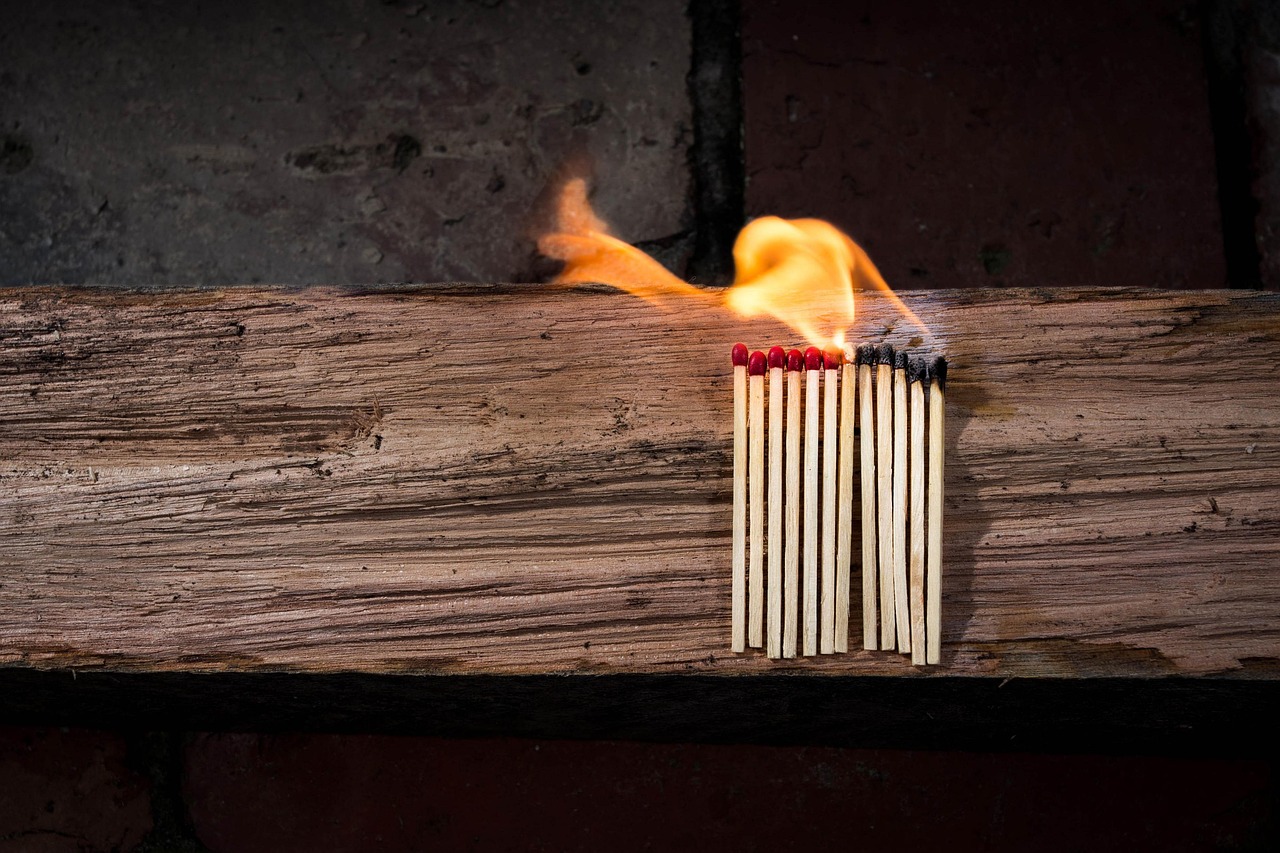The Flame Tree, known for its vibrant summer blooms, typically grows at a rate of 1 to 2 feet per year under optimal conditions. This growth rate allows the tree to reach its full height of 30 to 50 feet within a few years, providing stunning foliage and flowers.
Understanding the Flame Tree
The Flame Tree, or Delonix regia, is a tropical tree that captivates many with its striking red-orange flowers. Native to Madagascar, it has spread to various tropical regions around the world. Its large, flat-topped canopy not only offers shade but also creates a picturesque landscape during the blooming season.

This tree is particularly popular in gardens and parks due to its dramatic appearance and ability to thrive in warm climates. The Flame Tree’s growth rate and flowering patterns are influenced by various factors, including soil quality, water availability, and climate conditions.
Growth Characteristics
The growth characteristics of the Flame Tree make it an appealing choice for landscaping. Here are some key points about its growth:
- Height: Flame Trees can grow between 30 to 50 feet tall.
- Spread: The canopy can spread up to 40 feet wide.
- Growth Rate: Generally grows between 1 to 2 feet per year.
- Lifespan: With proper care, it can live for over 50 years.
Environmental Requirements
To ensure healthy growth and stunning blooms, the Flame Tree has specific environmental requirements. Understanding these can help gardeners provide the best conditions for their trees.

Here are the key environmental factors affecting the growth of the Flame Tree:
| Factor | Optimal Condition |
|---|---|
| Sunlight | Full sun (at least 6 hours daily) |
| Soil Type | Well-draining, sandy or loamy soil |
| Watering | Moderate; establish a deep watering routine |
| Temperature | Thrives in warm climates (above 60°F) |
Planting and Care Tips
Successfully growing a Flame Tree requires proper planting and ongoing care. Here are several tips to help ensure your tree thrives:
- Select a Location: Choose a spot that receives plenty of sunlight and has enough space for the tree’s expansive canopy.
- Soil Preparation: Amend the soil with organic matter to improve drainage and nutrient content.
- Watering: Water deeply but infrequently, allowing the soil to dry out between sessions.
- Fertilization: Apply a balanced fertilizer in early spring to promote healthy growth.
- Pruning: Regularly prune dead or weak branches to maintain structure and encourage airflow.
The Flame Tree is not only beautiful but also relatively easy to care for when its needs are met. Understanding its growth rate and environmental requirements can enhance your gardening experience and lead to a stunning display of summer blooms.

Pest and Disease Management
Like any tree, Flame Trees may face challenges from pests and diseases. Awareness and proactive management can help keep these issues at bay. Common problems include:
- Aphids: These small insects can sap the tree’s strength; consider using insecticidal soap as a remedy.
- Caterpillars: They may feed on leaves; hand-picking or organic pesticides can be effective.
- Root Rot: Caused by overwatering; ensure proper drainage to prevent this issue.
With the right care, the Flame Tree can flourish, offering breathtaking blooms that enhance any landscape during the summer months.
Enhancing Growth: Soil and Fertilization
The growth of a Flame Tree heavily depends on the quality of the soil and the fertilization provided. Proper soil composition and nutrient levels are vital for healthy growth and abundant blooms. Here are some essential tips for soil preparation and fertilization.

Soil Composition
Flame Trees thrive in well-draining soils. The following characteristics are ideal:
- Sandy or Loamy Soil: This type of soil allows for good drainage while retaining necessary moisture.
- pH Level: Aim for a pH between 6.0 and 7.5, which is slightly acidic to neutral.
- Organic Matter: Incorporate compost or aged manure to improve soil fertility and structure.
Fertilization Schedule
Regular fertilization can enhance growth rates and flowering. A well-planned schedule includes:
- Early Spring: Apply a balanced fertilizer (like 10-10-10) to kickstart growth after winter.
- Mid-Summer: A second application can support continued development and blooming.
- Late Fall: If necessary, a low-nitrogen fertilizer can prepare the tree for dormancy.
Watering Practices
Watering is another critical aspect of Flame Tree care. Proper hydration ensures that the tree grows healthily and blooms beautifully. Here are some guidelines for effective watering:
Watering Frequency
The frequency of watering will vary based on climate and soil conditions. Generally, follow these recommendations:
- Newly Planted Trees: Water deeply once or twice a week until established, typically for the first year.
- Established Trees: Water every 10 to 14 days during dry periods, adjusting based on rainfall.
Watering Techniques
Utilize these techniques to maximize water absorption:
- Deep Watering: Ensure that water penetrates at least 12 inches into the soil to encourage deep root growth.
- Drip Irrigation: This method delivers water directly to the roots, reducing waste and preventing diseases.
- Avoid Overhead Watering: Water on the ground level to prevent fungal diseases that can arise from wet foliage.
Pruning for Health and Aesthetics
Pruning is essential for maintaining the health and appearance of a Flame Tree. Regular pruning promotes good airflow, reduces disease risk, and shapes the tree for aesthetic appeal.
When to Prune
The best time to prune a Flame Tree is during its dormant period, typically in late winter or early spring before new growth begins. This timing minimizes stress on the tree.
Pruning Techniques
Use the following techniques for effective pruning:
- Remove Dead or Diseased Branches: Cut these back to healthy tissue to prevent disease spread.
- Crown Thinning: Remove select branches to allow more sunlight and air circulation through the canopy.
- Shaping the Tree: Maintain a balanced shape by cutting back excessively long branches or those that disrupt symmetry.
Seasonal Care Considerations
Caring for a Flame Tree involves adapting practices based on seasonal changes. Each season presents unique challenges and opportunities to enhance growth and flowering.
Spring Care
In spring, focus on promoting new growth with proper fertilization and watering. Inspect for pests that may have emerged with warmer weather.
Summer Care
During summer, monitor for drought conditions. Ensure consistent watering, especially during flowering, to support vibrant blooms.
Fall Care
In fall, begin reducing watering as temperatures drop. Prepare the tree for winter by checking for any needed pruning or pest control measures.
Winter Care
In colder regions, protect young trees from frost by wrapping their trunks or applying mulch around the base. Monitor for any signs of stress as temperatures fluctuate.
This seasonal approach ensures that your Flame Tree remains healthy and continues to produce those stunning summer blooms year after year.
Propagation Methods for Flame Trees
Propagation is an essential aspect of expanding your Flame Tree collection or sharing these beautiful trees with others. There are several effective methods to propagate Flame Trees, each with its own advantages. Understanding these methods can help ensure successful growth.
Seed Propagation
One of the most common ways to propagate Flame Trees is through seeds. This method is straightforward and can yield many new plants.
Seed Preparation
To prepare seeds for planting, consider the following:
- Scarification: Lightly sand the seed coat or soak the seeds in water for 24 hours to help with germination.
- Temperature: Ensure seeds are stored in a cool, dry place until planting.
Planting Seeds
When ready to plant, follow these steps:
- Soil Mix: Use a well-draining potting mix, ideally with good organic content.
- Planting Depth: Sow seeds about 1 inch deep in the soil.
- Watering: Water lightly after planting and keep the soil consistently moist until germination.
Cutting Propagation
Another effective method is propagating through cuttings. This method allows you to clone existing trees.
Selecting Cuttings
Choose healthy, young stems for cuttings, preferably those that have not yet flowered. The ideal length for cuttings is about 6 to 8 inches.
Rooting Procedure
Follow these steps for rooting cuttings:
- Preparation: Remove lower leaves, leaving only a few at the top.
- Dip in Hormone: Use rooting hormone to encourage root development.
- Planting: Insert cuttings in a pot filled with moist potting mix, ensuring they are stable.
- Covering: Cover the pot with a plastic bag or dome to maintain humidity.
Grafting Techniques
Grafting is another method used by experienced gardeners. This technique combines parts from two different plants to create one new tree.
Choosing Rootstock and Scion
Select compatible rootstock and scion (the part that will grow into the tree). Ideally, both should be healthy and from similar species. Flame Trees grafted onto strong rootstocks can improve resilience and growth rates.
Grafting Procedure
The basic steps for grafting include:
- Prepare the Rootstock: Make a clean cut on the rootstock at a suitable angle.
- Attach the Scion: Make a matching cut on the scion and fit it snugly against the rootstock cut.
- Secure the Graft: Use grafting tape or wax to hold the union together and protect it from moisture loss.
Pests and Diseases: Prevention and Control
Maintaining the health of your Flame Trees involves being vigilant about potential pests and diseases. Awareness and early intervention are key to keeping these issues under control.
Common Pests
Pests can significantly impact the growth and appearance of Flame Trees. Here are some common pests to watch for:
- Aphids: Small insects that feed on sap; they can be controlled using insecticidal soap or neem oil.
- Scale Insects: These pests attach themselves to branches and leaves; manual removal or horticultural oil can be effective.
- Twig Borers: They bore into branches, causing dieback; regular inspection can help catch infestations early.
Disease Management
Diseases can also threaten Flame Trees. Here are some common diseases and their management strategies:
- Leaf Spot: Fungal infections that cause spots on leaves; improve air circulation and avoid overhead watering to reduce humidity around foliage.
- Cankers: These dead areas on branches require pruning back to healthy tissue. Disinfect tools after cutting to prevent spreading.
- Root Rot: Caused by overwatering; ensure proper drainage and avoid sitting water around roots.
Integrated Pest Management (IPM)
An effective approach to managing pests and diseases is through Integrated Pest Management (IPM). This strategy promotes sustainable practices by combining various methods:
| Pest/Disease | Management Strategy |
|---|---|
| Aphids | Insecticidal soap or ladybugs as natural predators |
| Leaf Spot | Cultural practices like crop rotation and proper watering techniques |
| Cankers | Pruning infected branches promptly and disinfecting tools |
| Root Rot | Avoid overwatering; improve soil drainage |
A proactive approach to pest and disease management will help ensure that your Flame Trees remain healthy and vibrant, showcasing their stunning blooms year after year.
Enhancing Aesthetics with Flame Trees
In addition to their growth rate and care requirements, Flame Trees offer exceptional aesthetic value that enhances any landscape. Their stunning summer blooms and impressive size provide not only beauty but also shade and habitat for wildlife.
Landscape Design Considerations
When integrating Flame Trees into your landscape design, consider the following factors:
- Space Requirements: Ensure ample space for the tree’s expansive canopy, allowing it to grow to its full potential without obstruction.
- Companion Planting: Pair Flame Trees with drought-tolerant plants or those that thrive in similar soil conditions to create a harmonious garden.
- Color Coordination: The vibrant red-orange flowers can complement other flowering plants, providing a spectacular seasonal display.
Wildlife Benefits
Flame Trees are also beneficial to local ecosystems. They provide shelter and food for various wildlife species:
- Pollinators: The bright flowers attract bees, butterflies, and hummingbirds, supporting local pollinator populations.
- Bird Habitat: The tree’s canopy offers nesting sites and protection for various bird species.
- Insects: The foliage can support beneficial insects, helping to maintain a balanced ecosystem within the garden.
Challenges of Growing Flame Trees
While Flame Trees are relatively easy to care for, they do come with certain challenges that gardeners should be aware of:
Climate Sensitivity
Flame Trees thrive in tropical and subtropical climates. They may struggle in areas with cold winters or unexpected frosts. Gardeners in cooler regions should take special precautions, such as:
- Choosing Hardy Varieties: Some cultivars may be more tolerant of cooler temperatures.
- Winter Protection: Use mulch around the base and wrap the trunk to prevent frost damage.
Pest and Disease Vigilance
As discussed earlier, being proactive about pest and disease management is crucial. Regular monitoring and immediate action can help mitigate problems before they escalate.
Final Thoughts
The Flame Tree stands out as an exceptional choice for gardeners looking to add beauty and vibrancy to their landscapes. With a growth rate that allows for quick establishment, along with striking summer blooms, it provides not only aesthetic appeal but also environmental benefits. Understanding its care needs—ranging from soil preparation and watering techniques to seasonal maintenance—ensures that these magnificent trees can flourish in diverse settings.
The integration of Flame Trees into your garden can enhance both the visual landscape and support local wildlife. By employing effective pest management strategies and adapting care practices based on seasonal changes, gardeners can keep their Flame Trees healthy and thriving.
Overall, the Flame Tree is more than just a plant; it is a statement piece that adds character and life to any outdoor space. Whether you are a seasoned gardener or a novice, nurturing a Flame Tree can be a rewarding endeavor, resulting in stunning displays that captivate both residents and visitors alike.
